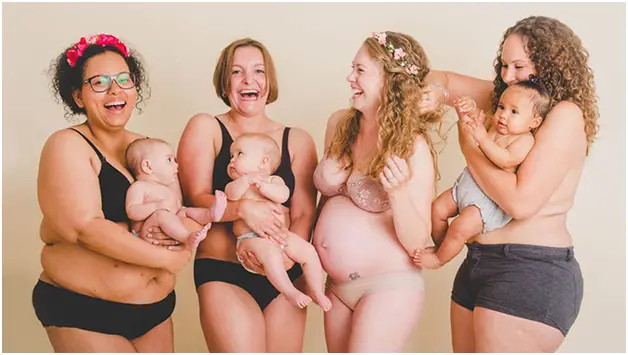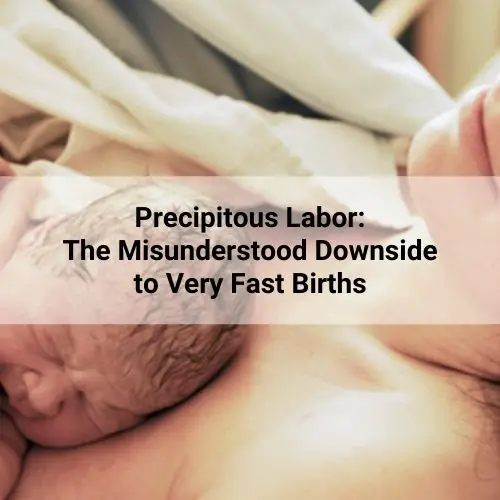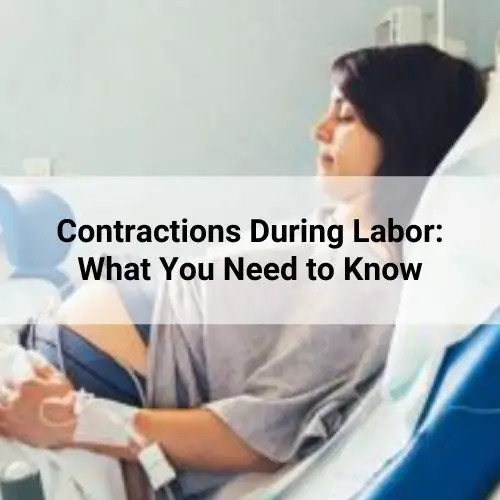In order to bring a precious bundle of joy in the world, you will have to go through the whole 9 months of pregnancy – including all the back pain, mood swings, nausea, vomiting and even the stretchmarks. But who knew that delivering your baby is just the beginning? Some changes still happen overnight and most importantly during the 1st 24 hours after giving birth.
Table of Contents
Immediately after birth
Depending on your hospital policy, some babies are required to be put in nursery while some will be placed onto your tummy, for skin-to-skin contact, as it promotes immediate bonding between you and your newborn. At the same time, the act itself helps initiate breastfeeding which will help contract your uterus and reduce the bleeding from the operation. There will also be a few stitches depending on how big the laceration is in your perineum and vaginal wall.
If you have undergone a normal spontaneous vaginal delivery, you will probably stay in the recovery area of the delivery room with your baby for about 2 hours. Afterwards, you will be transferred to a normal room where you are going to stay for about a few days until you are discharged by your obstetrician.
Expected changes after birth
There are a lot of physical changes after birth aside from losing tons of weight because the fetus you carried for months is already out in the world. Here are some expected changes that will occur in your body for the first 24 hours after delivery:

A post-baby belly. Yes, you lost tons of pounds from giving birth, but the effects of pregnancy are still there. To give more space to the growing fetus inside your uterus, your body adapts by stretching your abdominal muscles and skin. Once you give birth, the skin does not immediately go back to normal and a little baby belly is still present in your tummy. Don’t worry, there are ways to bring back your pre-pregnancy body. Being a mother is also a form of exercise and you will lose a lot of calories just by changing your baby’s diapers or doing some house chores while they are asleep, especially during the first few months. Just add a little exercise and you’ll be back to your pre-pregnancy body in no time.
Check out this postpartum belly wrap on Amazon.
Bleeding. You have given birth and other than a part of your vaginal wall is torn during the process, you will also have a vaginal discharge called “Lochia”. Lochia consists of old blood, tissues, and mucus from the uterus. Lochia is like menstruation but lesser in quality. It also changes its characteristics as time goes by, from red to transparent in color. Heavy bleeding is expected for the first 3-10 days and will gradually decrease in amount over the next few weeks. If you think that you are changing more often and the pads feel heavier than usual, immediately consult your obstetrician. Aside from the medications prescribed by your doctor, you can also help by massaging the uterus and breastfeeding to help it contract back into place. Also, some studies suggest that nipple stimulation helps release oxytocin, which is responsible for contracting the uterus.
Click here to view available absorbent maternity pads on Amazon.
Sore perineum. Hours after birth, your body will try to repair as much as it can, one such area is your vagina. You have a torn vagina wall and vaginal canal that was bruised during delivery. During the first few hours, when the anesthesia wears off, you will experience soreness and difficulty sitting down, urinating or defecating because of the repaired vaginal wall. A warm sitz bath can help by not only making you feel more comfortable, but for faster healing of the incision as well. Putting ice packs on the painful area can help alleviate the pain and swelling too.
Breast Changes. Breast milk usually appears during the 3 to 4th post-partum day, but you will already see and experience some changes in your breasts a few hours after delivery. You will notice a thick, yellowish discharge coming out from your breast, it is called “colostrum”. It is the first milk that is produced by your mammary glands and consists of carbohydrates, protein, antibodies and some fat. As you start breastfeeding, your breast will start to engorge, and you will feel that your nipples are tender and sore. Warm compress, drinking lots of fluids and eating green leafy vegetables and soup may help increasing your milk supply.
Check out this manual breast pump on Amazon.
Mood Swings. Pregnancy is a whirlwind of emotions and it will not stop even after labor and delivery. It is normal to experience emotional highs and lows during the first and up until a week or two. Going beyond that might need a visit to your doctor. Some triggers of mood swings are the following, such as the hormonal changes in your body, the soreness or discomfort you feel after delivery, the overwhelming demands of your newborn and the responsibility of being a mother. Everything is happening so fast and you just need to adjust to it fast too. It is okay to sit down, relax, take a breath, think and calm yourself for a little while. It helps in stabilizing your mood and in recovering your post-pregnancy body.
The RICE Program
It is hard to walk and go around with a sore perineum especially when a baby is depending on you. 24 hours after birth and your stitches are still fresh, appearing stretched, bruised and swollen. The RICE program is designed to alleviate the pain, swelling and soreness that you are experiencing and help in your road to recovery.

• Rest. Lying down and taking a break helps in reducing the pain and swelling. It makes the recovery faster too.
• Ice. Applying an ice pack on the area for 20 minutes every 2 to 4 hours helps reduce the swelling.
• Compression. Wear firm fitting underwear and a layer of 2-3 maternity pads for extra support on your perineum.
• Exercise. Pelvic floor exercises are recommended to be done as soon as you are comfortable.
The stitches on your perineum usually dissolve in 1-2 weeks’ time, but until then, wash your perineum normally in the shower and gently pat it dry. A warm sitz bath may also provide you some comfort.
Related Articles:

Astley Golosinda
My background is in the field of medicine and I have a Bachelors Degree in Nursing. My thesis in Nursing was also published on Journal of Gerontology
For the past 4 years, I continued my studies and dedicated my time to acquiring a Doctorate of Medicine. I was a working student all throughout my post-doctorate degree. I have clinical experience in the hospital both as a nurse and now as a medical student.





